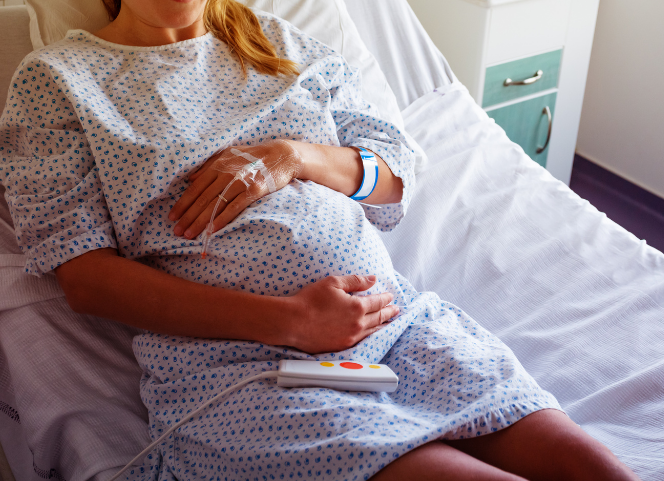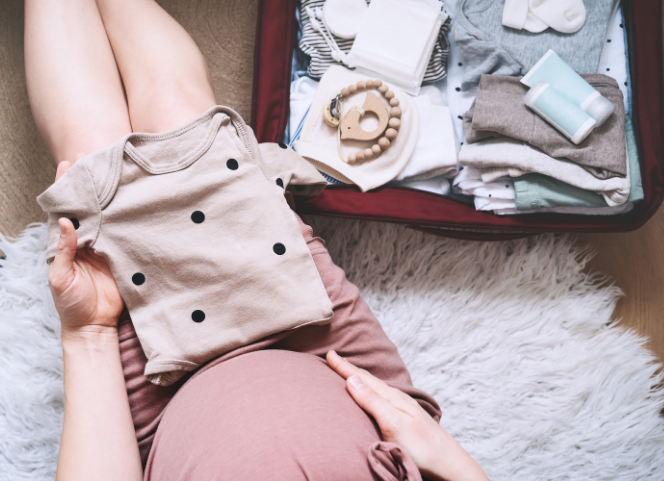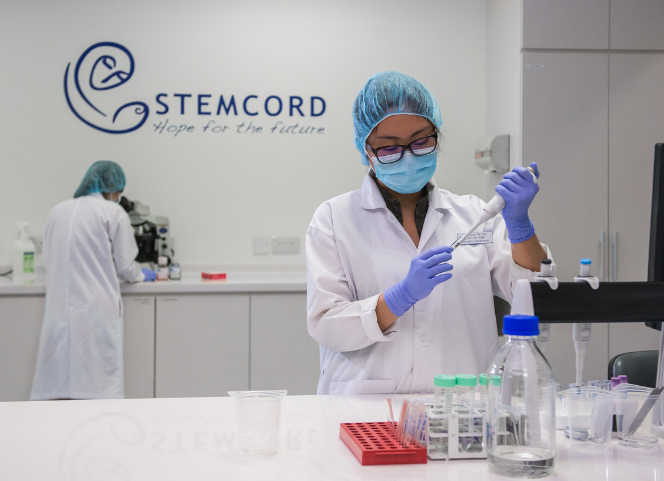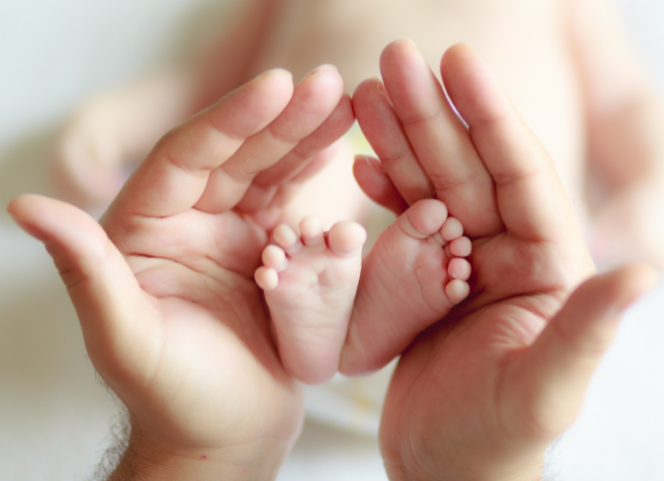
So, your estimated due date is closing in, and despite having all this time to prepare you still have multiple questions about the impending birth – and what happens afterwards.
You’re not alone! The process of having a baby can be overwhelming, and we’re often faced with many decisions we weren’t prepared for. Some questions are simple – like what to pack in your hospital bag – while others can affect the rest of you and your baby’s life.
Here are a few of the bigger questions to consider and prepare for in advance, to help make your birthing experience the joy it should be.
1. Should I have an epidural?

An epidural – or to be accurate, epidural analgesia (EA) – is an effective and widely used form of pain relief during labour, where a local anaesthetic is injected into the spinal canal. Using an epidural during labour is the choice of the mother – but how do you know if it’s the right choice for you?
Firstly, the benefits of getting the epidural typically outweigh the possible risks and side effects. There are often many misconceptions about the epidural, but it is a perfectly safe way to offset the pain of childbirth, whether it’s administered early (less than 5cm dilated) or later (5cm or more dilated) into labour. One study from KKH Women’s and Children’s Hospital in Singapore found that those who had early epidurals were no more or less likely to need a Caesarean section than those who had a late one. There was also no evidence that an epidural increased the likelihood of needing an assisted birth using forceps or suction, or the amount of time spent ‘pushing’. There is also no evidence of other common misconceptions, such as having epidural harm the baby or causing backache in the mother.
However, there are some minor and short-lived potential side effects to be aware of, including some loss of feeling or weakness in the lower extremities (a catheter is also generally administered to help you urinate), some cases of mild nausea, shivering and a mild itch, which will pass once the epidural wears off.
At the end of the day, an epidural is a personal choice, and with or without one, you are capable of having a wonderful and safe birthing experience.
2. What should I pack into my hospital bag?

While the answer to this question depends on which hospital you are delivering at and what they provide you with, there are always a handful of key items and documents you should have on hand!
The last thing you want to be worrying about while in labour is the admin of giving birth. Prepare all potentially necessary documents in advance – everything from your doctor’s admission letter and Letter of Guarantee from your insurance provider, to your IDs and marriage certificates for registering your child’s birth.
With those essentials out of the way, the rest of what goes into your bag is mostly aligned to your comfort levels and a few items for your new baby. For mum, take some essential toiletries with you – especially some maternity pads (although the hospital is likely to provide these). It can be easy to forget things like contact lenses and toothbrushes in a rush, so buy secondary items in advance and pack them nice and early! Clothing wise, you’re going to need nursing bras, comfortable clothes, multiple pairs of underwear, and something to keep you warm – hospitals can be chilly! Don’t forget essential tech items like phones, iPad, headphones and chargers!
For baby, a couple of rompers and swaddles should be enough to see you through, as well as some tiny mittens and socks to keep them warm. If you plan on pumping or bottle feeding, you will need to have the necessary pumps and bottles with you, as well as some nipple pads and creams for those who breastfeed. Don’t forget an appropriate car seat to take the baby home in!
And finally, if you plan on storing your baby’s Cord Blood & Cord Tissue, bring your cord blood collection box, which you will have received after your enrolment with Stemcord.
3. Should I store my baby’s cord blood and cord tissue?

There are many medical benefits to banking cord blood and cord tissue – but only one opportunity for you to collect them immediately after birth. Once a baby has been delivered, and the placenta is still in-utero, the cord will be clamped and cut and the blood will be drawn from the cord before it is discarded.
Cord blood contains a rich source of Haemopoietic Stem Cells(HSCs). These stem cells make up the building blocks in our blood and immune system throughout our life. Cord blood stem cells have a unique ability to differentiate into specialised blood cells – and are clinically proven to be used in the treatment of more than 80 diseases*. Your child’s own cord blood guarantees a perfect match for him/her should the need for treatment arises. On top of this, your child’s cord blood stem cells may also potentially be used to treat immediate family members – as cord blood from a related donor will result in fewer complications and improved medical outcomes.
Families often have many questions about the efficacy, cost, storage and what cord stem cells can do. Click here to learn more about unlocking the potential of stem cells for your family.
4. Should I do anything with the placenta?

The placenta is an incredible organ that only develops in your uterus during pregnancy to provide oxygen and nutrients to your growing baby, and remove waste. It attaches and grows on the wall of your uterus, with the umbilical cord connecting mother and baby. If you deliver vaginally, you will also deliver the placenta vaginally after giving birth to your child. If you have a Caesarean section, it will be removed by your doctor. Most mothers do not feel much when the placenta is delivered, aside from some mild contractions.
Medically speaking, once the baby is safely birthed and the placenta is out, there is no more use for this organ and it can be disposed of. However, some cultures have specific rituals for the placenta (such as burying it) or beliefs that ingesting it will provide some medical benefits to the mother. However there is no evidence that eating the placenta (called placentophagy) provides any health benefits, and in fact, can be harmful to ingest if various bacteria or viruses present are not properly destroyed before consumption.
One thing you can request (if you feel so inclined) is to see your placenta after it comes out – after all, it’s an incredible organ that kept your baby alive and healthy all these months!
Find out more about preparing for birth and how your baby’s umbilical cord blood has the potential to save lives.








